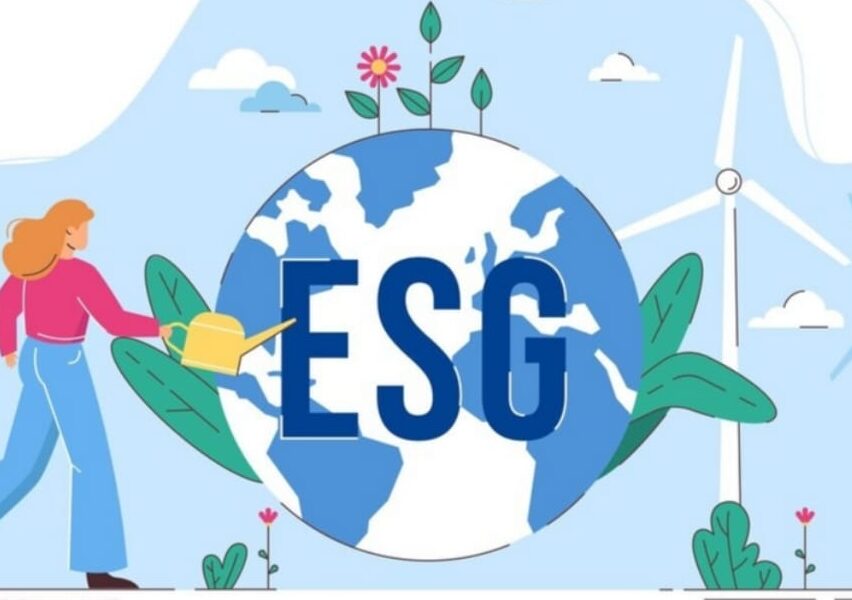Building Green: Reducing City Waste With Conscious Home Design, Construction And Use

Waste management is one of the major challenges faced by urban areas in India. According to the Central Pollution Control Board, India generated about 55 million tonnes of solid waste (SW) in 2021, and 30% of this comprised Construction and Demolition Waste (15-30 million tonnes). This is projected to rise to about 165 million tonnes by 2031, and further up to 436 million tonnes by 2050. The management of SW involves the collection, transportation, treatment, and management of waste, which requires significant financial, environmental, and social resources. The improper management of SW can lead to various problems, such as pollution, greenhouse gas emissions, public health risks, and loss of valuable resources.
One of the ways to address the challenge of waste management is to reduce the amount of waste that is generated and discarded in the first place. This can be achieved by adopting a more conscious and sustainable approach to the design and construction of homes, and conscious consumption during the operational phase by occupants by embracing LiFE (Lifestyle for Environment) principles. Our homes are the places where most of the waste is generated and managed. Net Zero Waste homes are one way to achieve this. During construction, developers must prioritize minimizing waste through careful material selection and diversion from landfills. Simultaneously, homes must be designed to ensure that waste management is seamlessly integrated, empowering residents to manage their waste thoughtfully and efficiently in the use phase of the building.
Construction Phase Waste Management
In the construction phase – there are 3 strategies used:
- Using local and natural materials – These are green-certified or eco-labelled materials, that reuse C&D waste, salvaged or recyclable materials in their constitution as much as possible. Such materials reduce the need for transportation, packaging, and the burden on natural resources. This reduces the amount of waste that needs to be collected and managed by the city’s waste management system. The use of recycled steel and increased adoption of green cement or concrete made using fly ash or GGBS (Ground Granulated Blast-furnace Slag) in construction are effective means of reducing the waste being sent to dumping grounds and the related carbon footprint of construction activities.
- Waste minimisation through design and tracking – Rework can be avoided with first-time-right and value-based innovative design interventions paving the way for waste reduction at source and integrating circularity in construction. Tracking of wastage is critical to ensure gate-in and gate-out are monitored. What is measured, is managed!
- The 5-S: Sort, Set in Order, Shine, Standardize, Sustain. Adoption of these five ‘Ss’ ensures waste source segregation through, sort, set in order and shine. Standardise ensures a place for waste management and tools. Sustaining this activity ensures that waste minimisation is culturally integrated at each site.
Adopting Waste Segregation at the Source During Use Phase
Adopting waste segregation at the source is another means to reduce the amount of load on the city infrastructure. Requiring the occupants to separate their waste into wet (organic) and dry (inorganic) categories facilitates the collection and processing of waste, as well as increases the recovery and recycling rates. Wet waste can be composted at home or in a community facility, producing organic fertilizer that can be used in gardening or farming. Dry waste can be recycled or reused for various purposes, such as making handicrafts, furniture, or building materials. This reduces the amount of waste that needs to be transported, treated, or processed by the city’s waste management system.
Creating a Net Zero Waste Society
By adopting these practices, Net Zero homes thus constructed and operated can contribute to the creation of a Net Zero Waste society, where zero waste is sent to landfills or incinerators, as it is either reused or recycled creating a circular economy. This not only helps conserve the environment, but also creates opportunities in terms of employment generation for waste collectors, and processors, income, and value from waste. As per the India Brand Equity Foundation (IBEF), India’s circular economy development route might generate an annual value of USD 218 billion (Rs 14 lakh crores) by 2030 and USD 624 billion (Rs 40 lakh crores) by 2050. With the acceptance and adoption of sustainable homes in India increasing, there is no reason why we could not emulate this in our economy as well.
Conclusion
Net Zero Waste homes present a transformative solution for addressing the waste management challenge in urban India. By incorporating sustainable practices, such as using local materials, source segregation, and waste reduction strategies, these developments not only reduce the burden on city waste management but also contribute to the creation of a circular need of the hour for addressing the challenge of waste management in urban areas of India.

About the Author: Dr Sunita Purushottam is the Head of Sustainability at Mahindra Lifespace Developers. She has over 20 years of sustainability strategy and environmental consultancy experience in the areas of environmental impact assessment; air emissions modelling and meteorology; GHG emissions inventory and carbon offsets; carbon neutrality strategy; waste management strategy; and water risk. She is a certified GHG Emissions Inventory Quantifier and a Fellow of the Royal Meteorological Society London.

















































































































































































































































































































































































































































































































































































































































































































































































































































































































































































































































































































































































